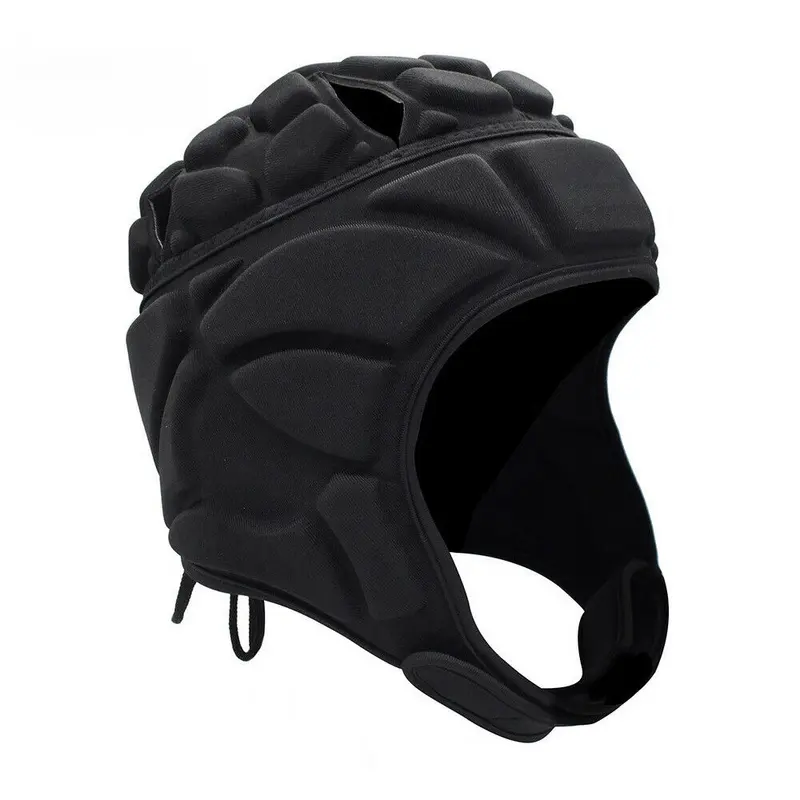The future of football helmets holds significant promise for advancements in player safety. Researchers, engineers, and manufacturers are continuously working to develop innovative technologies and designs that aim to reduce the risk of head injuries in the sport. Here are some of the potential advancements we can expect to see in the future of football helmets:
- MIPS and Rotational Protection: MIPS (Multi-directional Impact Protection System) technology has gained traction in helmet design, and its future implementation in football helmets could help further reduce the risk of head injuries. This technology focuses on mitigating rotational forces on the brain during certain impacts, addressing a key aspect of head trauma.
- Material Advancements: Ongoing research into advanced materials, such as new composites and impact-absorbing substances, could lead to helmets that are not only stronger but also lighter and more durable. These materials may improve the overall protection offered by football helmets.
- Customized Designs: Future football helmets may be tailored to individual players’ head shapes and sizes. Customized designs could provide an even more secure fit, reducing the risk of helmet dislodgment during play.
- Smart Helmets: Helmets with integrated sensor technology could become more prevalent. These sensors would monitor impact forces and help medical staff quickly assess the potential for head injuries. This real-time data can contribute to player safety.
- Aerodynamics and Comfort: Future helmet designs may further enhance player comfort by improving aerodynamics and ventilation. Comfortable helmets can help players focus better and perform at their best.
- Position-Specific Helmets: Helmets designed for specific player positions may become more refined. These specialized helmets could offer optimized protection based on the unique risks associated with different roles on the field.
- Customizable Padding: Helmets with customizable padding options could provide players with greater control over their comfort and protection. Customized padding may help reduce pressure points and discomfort.
- Reduced Weight: Advancements in materials could lead to lighter helmets without compromising safety. Lighter helmets can reduce the strain on players’ necks and contribute to overall comfort.
- Injury Analysis and Data: As technology continues to evolve, football leagues and organizations may use injury analysis and data to inform the development of safer helmets and playing rules. These insights can help reduce head injury risks.
- Public Awareness and Education: The future of football helmets also involves raising awareness about the importance of proper helmet use, regular maintenance, and early reporting of any issues. Education is a critical aspect of player safety.
- Rule Changes: Future rule changes may be introduced to further minimize head-to-head collisions and dangerous tackles, reducing the need for helmet protection. Rule adjustments play a crucial role in player safety.
The future of football helmets is likely to be marked by ongoing innovation, research, and technology integration, with the primary goal of improving player safety. The collaboration between helmet manufacturers, sports organizations, and medical experts will continue to drive advancements in helmet design and head injury prevention, ensuring that football remains a safer and more secure sport for all its participants.


